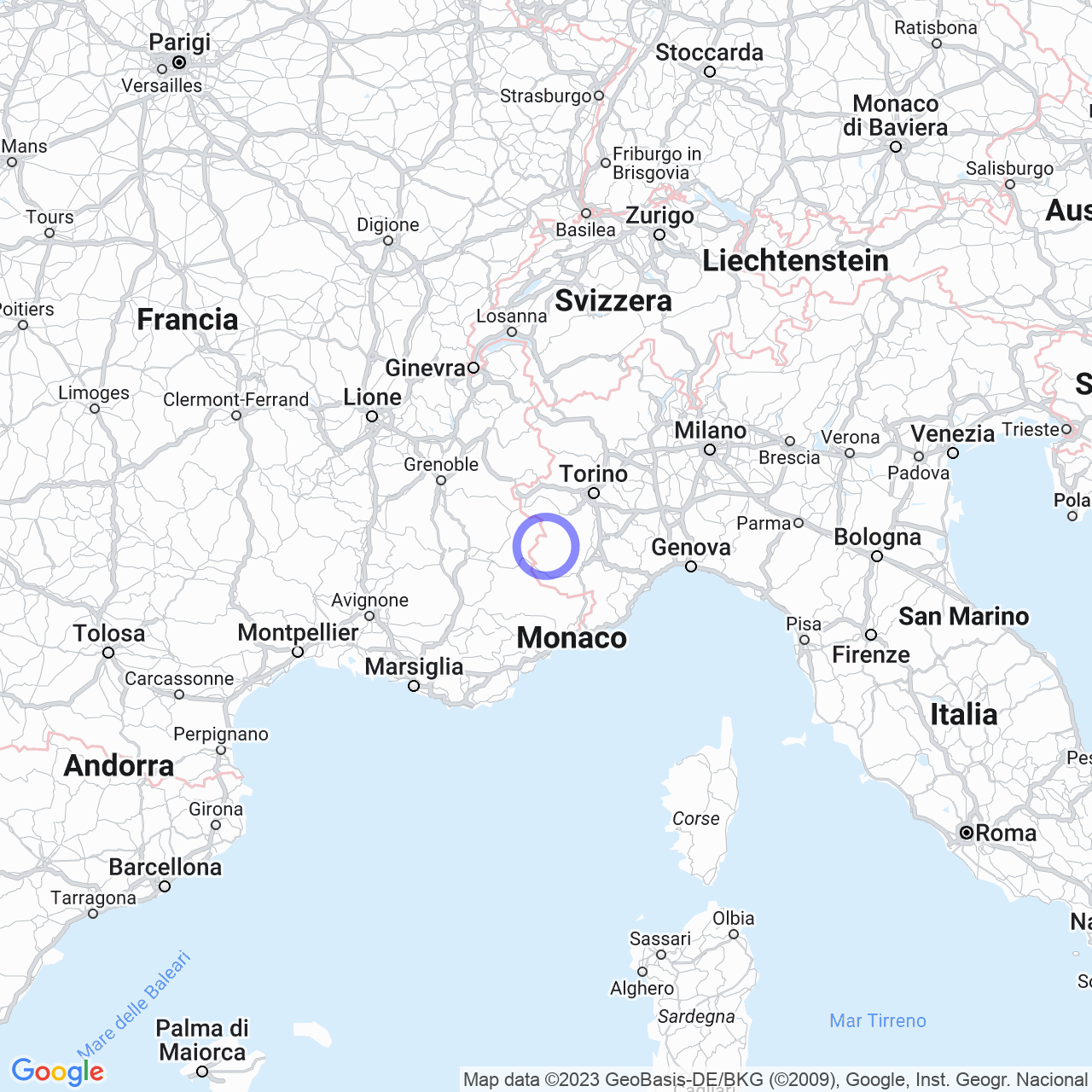Casteldelfino
A trip to Casteldelfino
Hello everyone! Today I'm going to talk about a charming place that I had the fortune to visit. I'm referring to Casteldelfino, a municipality of only 148 inhabitants located in the high Varaita Valley, in Piedmont.

Physical geography
Territory
The municipality is located near the area where the Varaita Valley splits, continuing westward with the Varaita di Bellino valley and northwestward with the Varaita di Chianale valley. The municipal territory extends upstream at the beginning of both branches of the valley, while downstream it descends for several kilometers along the Varaita river. The town is located in a very picturesque area, surrounded by mountains and immersed in nature. If you are lovers of walks or excursions, you will find many paths that will take you to discover the most beautiful places in the area. In particular, I recommend visiting the Bosco dell'Alevè, the largest autochthonous pinus cembra forest in Western Europe.
Climate
The climate of Casteldelfino is typically alpine, with cold and snowy winters and cool and pleasant summers. If you decide to visit the town during the winter season, you can take advantage of the numerous ski slopes not far from the town center.
History
Casteldelfino has a very ancient history, dating back to the tenth century. At that time, the town was called Villa Sant'Eusebio, and was located near the confluence of the two branches of the Varaita stream. In the thirteenth century, it came under the control of the Dauphiné, which maintained control for many years. In 1330, the Delle (honorary title) Umberto II of Viennois built a castle on the territory of Villa Sant'Eusebio, and from there the town took the name of Casteldelfino. In 1343, the territory of Casteldelfino, together with those of Bellino and Pontechianale, became part of the Republic of Escartons, a confederation of Occitan-speaking municipalities who joined together to defend themselves from France. In 1349, with the transfer of the Dauphiné to France, Casteldelfino became French.
Over the centuries, the town underwent several transformations, until it reached its current form. The original village was destroyed by a landslide in 1391, but was rebuilt higher up, in its current position, in 1431. Today Casteldelfino is a magical place, where history and nature blend into a single dimension.
What to see in Casteldelfino
If you decide to visit Casteldelfino, I recommend taking a walk through the historic center of the town, where you can admire the Church of the Madonna del Carmine, the monument to the fallen of the First World War, and the Municipal Palace. Not far from the town center are also the Castle of Casteldelfino and the hydroelectric power plant, connected to the artificial lake of Lake Pontechianale.
Conclusions
In conclusion, if you are looking for a magical place to take a break from everyday life, Casteldelfino is definitely the right place for you. Don't wait any longer, discover this small municipality in the heart of the Piedmont Alps!
